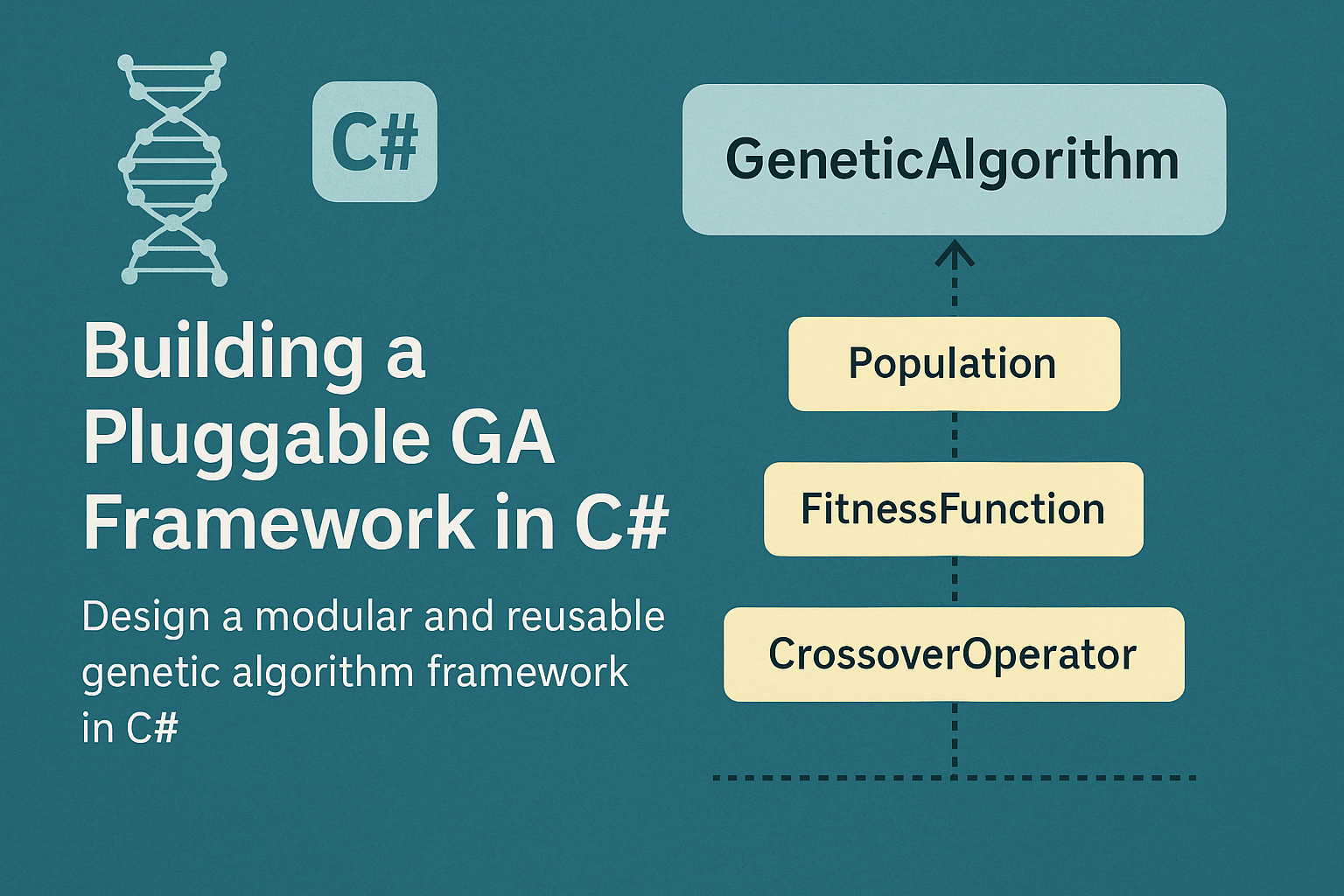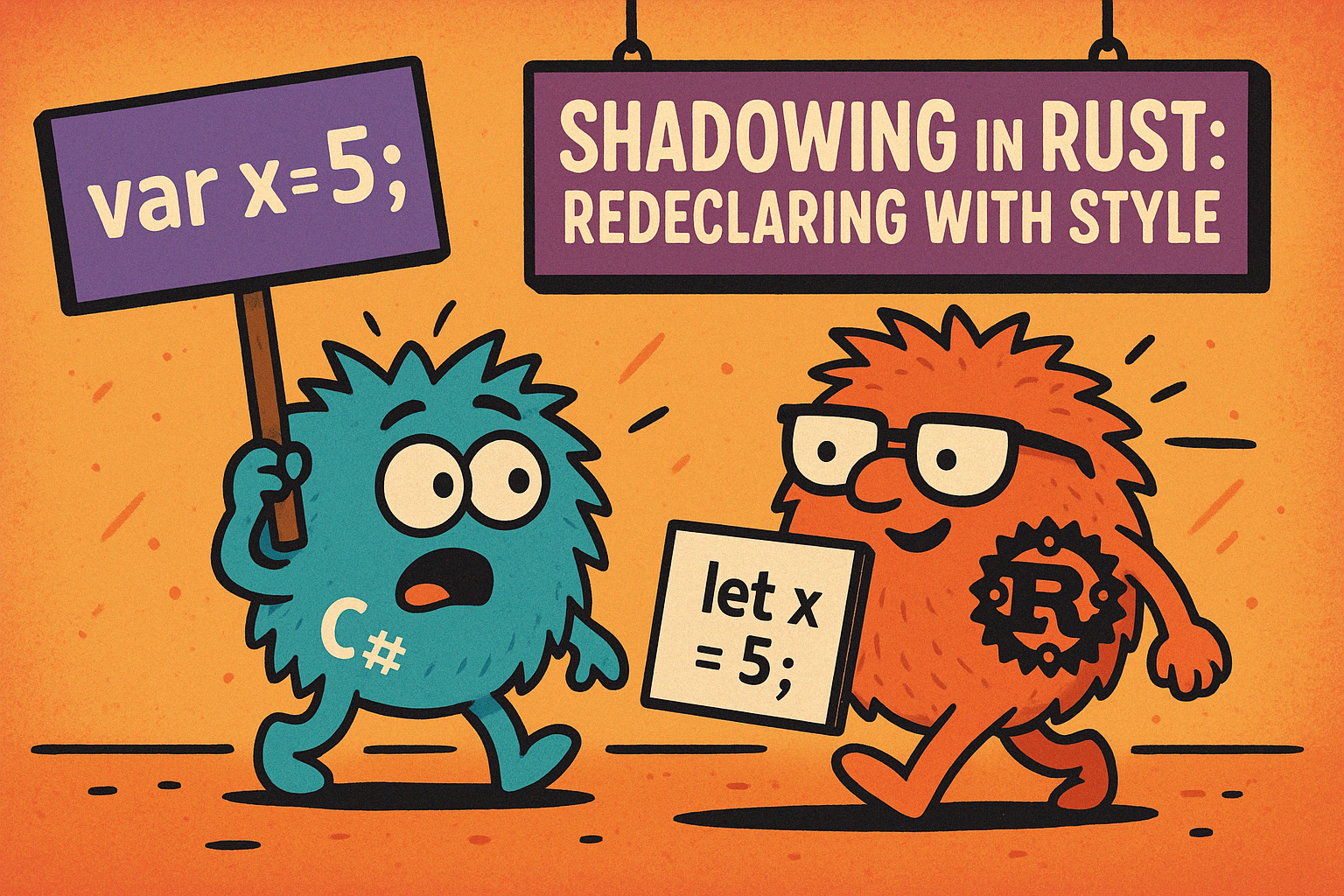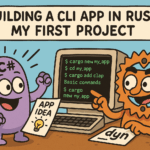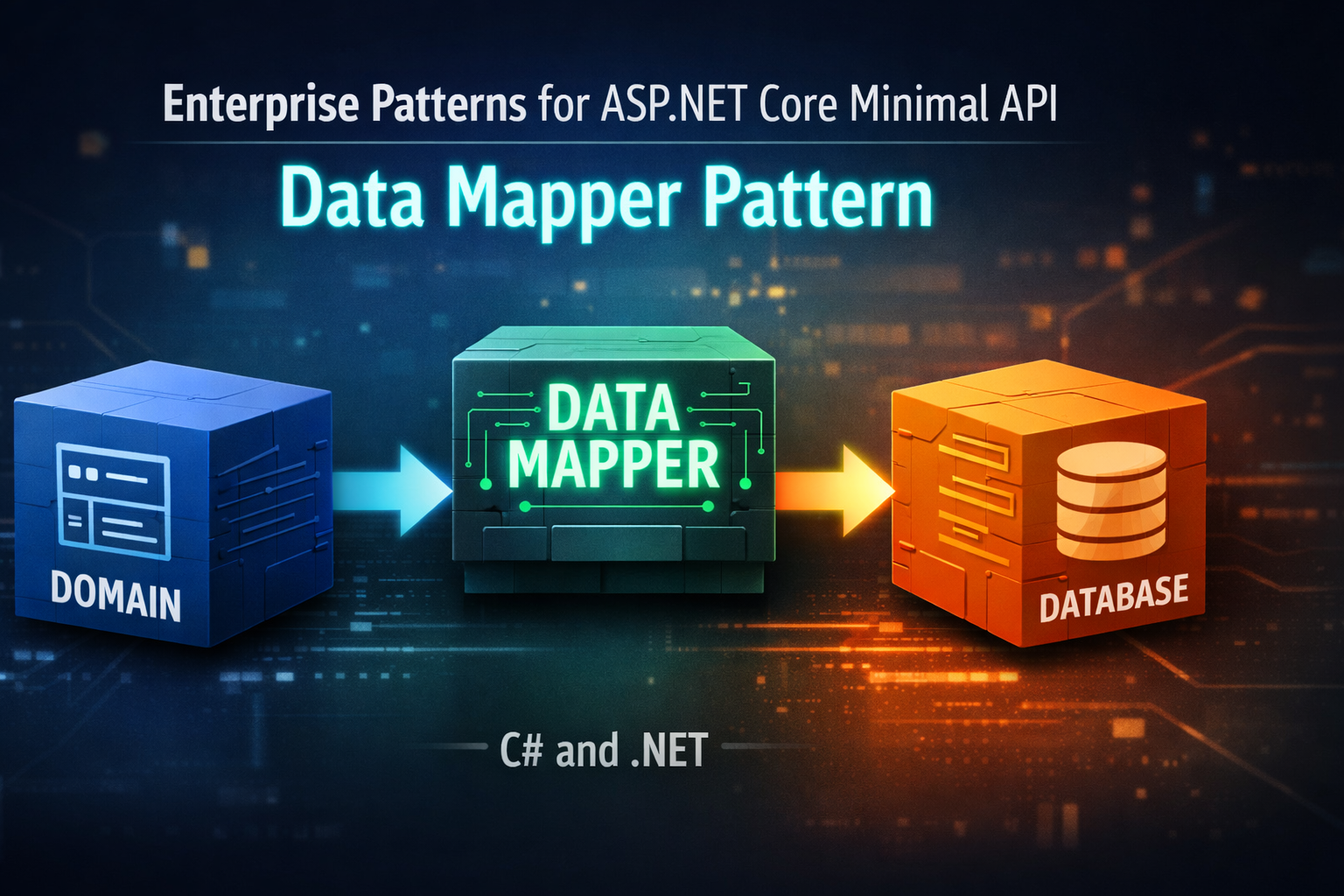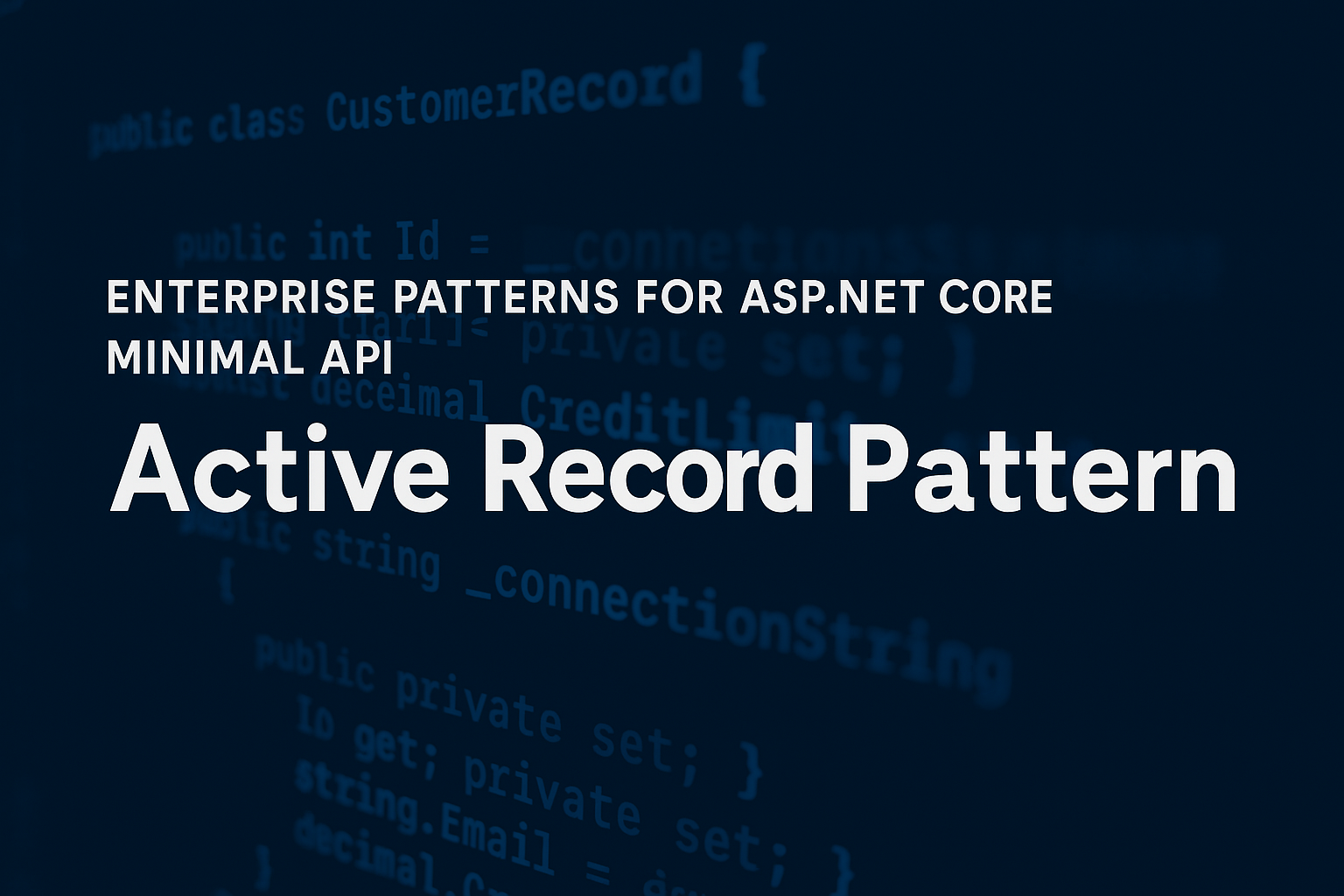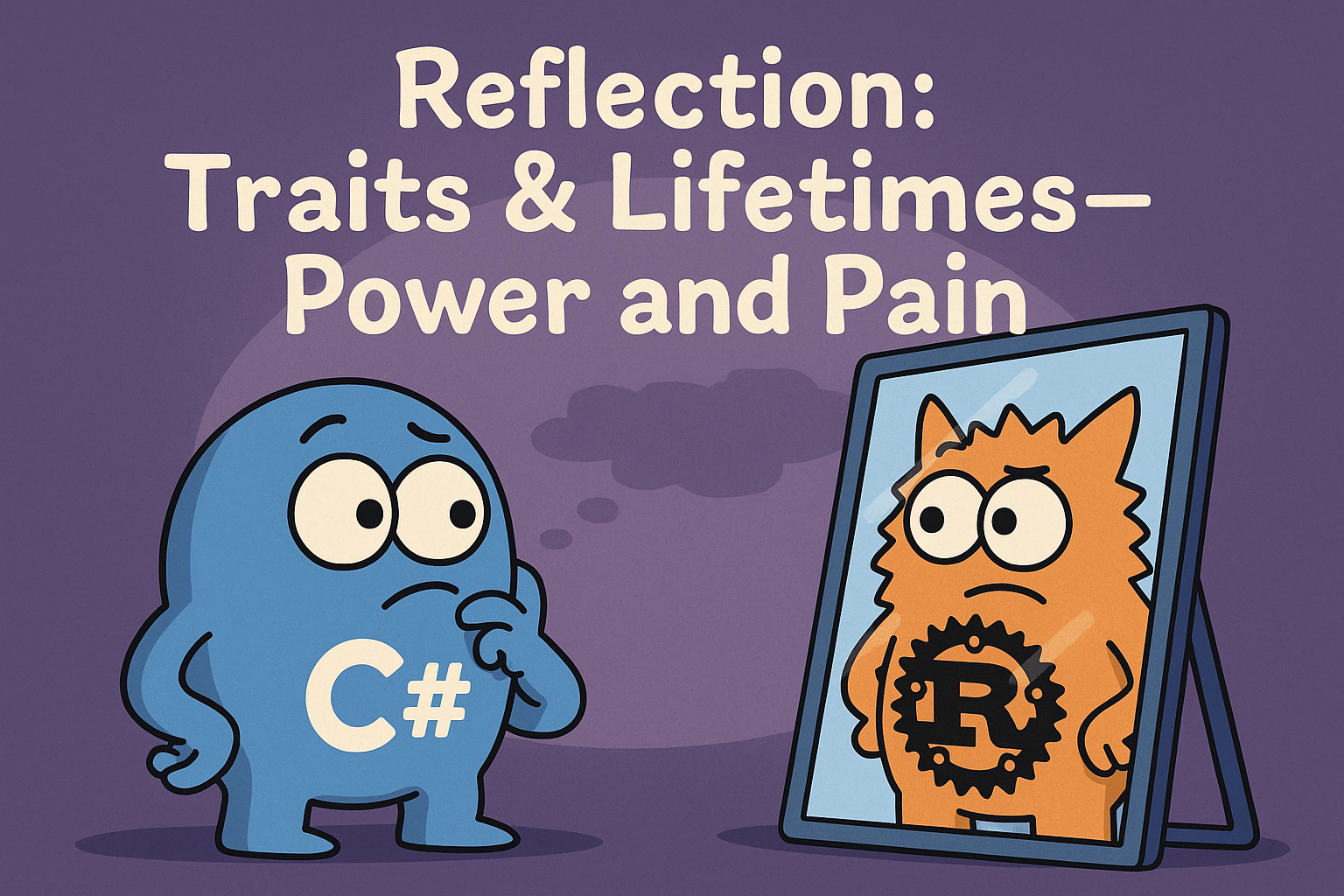
Week 5: Reflecting on Traits & Lifetimes Power and Pain
- Chris Woodruff
- May 15, 2025
- Rust
- .NET, C#, dotnet, programming, rust
- 0 Comments
You’ve made it to Day 35, and we’re wrapping up Week 5. This week was all about Rust’s generics, contracts, and lifetimes. If your brain feels like it has been doing deadlifts, that means you are doing it right. Traits and lifetimes bring a lot of power to Rust, but they can also make your head spin if you are used to the more relaxed rules of C#.
Let’s take a moment to review what we covered in the last 7 days and compare Rust to what you might be used to with C#.
Traits vs Interfaces: Rust Brings the Muscle
C# gives you interfaces to define shared behavior. Rust gives you traits. On the surface, they feel the same, but Rust’s traits are more flexible because they work without inheritance. You can implement a trait for any type, not just your own.
pub trait Logger {
fn log(&self, message: &str);
}
pub struct ConsoleLogger;
impl Logger for ConsoleLogger {
fn log(&self, message: &str) {
println!("{}", message);
}
}
Compare that to C#:
public interface ILogger
{
void Log(string message);
}
public class ConsoleLogger : ILogger
{
public void Log(string message)
{
Console.WriteLine(message);
}
}
So far so similar but Rust pushes it further with blanket implementations and trait bounds on generics which are not as easy to pull off in C# without inheritance chains or reflection.
Trait Objects and dyn: Controlled Flexibility
In C#, the default is dynamic dispatch through virtual methods and interfaces. Rust makes you opt into it with dyn Trait and trait objects. This gives you explicit control over when you pay the cost of dynamic dispatch.
let loggers: Vec<Box<dyn Logger>> = vec![
Box::new(ConsoleLogger),
];
In C# this is just standard interface behavior:
List<ILogger> loggers = new List<ILogger> { new ConsoleLogger() };
Rust makes you work a little harder, but rewards you with clear boundaries between static and dynamic dispatch.
Generics: Constraint Clarity
C# generics use constraints like where T : IDisposable. Rust uses trait bounds like T: Display. Both approaches work, but Rust ties the constraints into the type system with zero runtime overhead thanks to monomorphization.
fn print_item<T: std::fmt::Display>(item: T) {
println!("{}", item);
}
In C#:
public void PrintItem<T>(T item) where T : IFormattable
{
Console.WriteLine(item);
}
Rust gives you predictability at compile time while C# leans on the JIT to specialize generics for value types and erase them for reference types.
Lifetimes: Brain Benders with a Purpose
Thanks to the garbage collector, C# developers get to avoid thinking about how long objects live. Rust says not so fast and introduces lifetimes. It forces you to think about how references relate to each other and how long they can exist.
fn longest<'a>(x: &'a str, y: &'a str) -> &'a str {
if x.len() > y.len() { x } else { y }
}
There is no direct equivalent in C# because the GC handles memory lifetimes. But that also means you cannot catch use-after-free or dangling reference bugs until runtime. Rust catches these at compile time.
Where Rust Hurts More Than Helps
Let us be honest. Lifetimes can feel painful, especially when you are new to Rust. Sometimes the compiler seems like it is speaking in riddles, and you only want to return a reference from a function.
There are also moments when trait bounds get tricky, and the need to specify lifetimes or type annotations makes code harder to read, especially in complex generic scenarios.
In C#, the GC and dynamic dispatch smooth over these rough edges. In Rust, you trade convenience for safety.
Wrapping Up Week 5
This week was about leaning into Rust’s strengths while also recognizing where it asks more of you. Traits give you flexible and powerful contracts. Lifetimes protect your memory safety. Generics enforce your type promises at compile time.
It is not always easy, but it is safe. And when it clicks, it feels like a superpower.
Next week, we will start putting everything together by building real applications. Get ready to shift from learning the tools to using them.
